How Has Social Media Affected Communication: Facts that Surprise!
Updated: February 28, 2024
Published: April 4, 2020
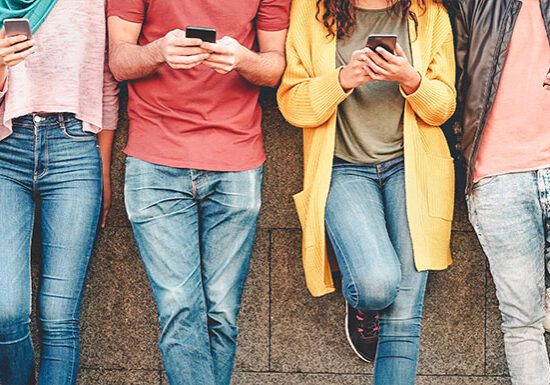
It’s no surprise that the widespread use of social media for communicating ideas, personal and professional stories and experiences has had a profound effect on the overall way people communicate today. Just how has social media affected communication, you ask? In more ways than you may think! But not all are bad — just look at our list of social media effects on communication.
What is Social Media?
Social media can be described as the collection of online platforms that involve sharing and collaborating with an online community by posting, commenting, and interacting with one another. The most commonly used social media platforms today are Instagram, Facebook, Twitter, Pinterest, LinkedIn, and Snapchat.
 Photo by Tracy Le Blanc from Pexels
Photo by Tracy Le Blanc from Pexels
Social Media Effects on Communication
Around 3 billion people use social media today, which means that 40% of the world uses social media for communication. It’s no surprise that this widespread use has social media effects on communication.
11% of adults reported preferring staying home on Facebook than going out on the weekend. Communication is affected in ways such as personal expression, our expectations of others, and the way companies communicate with customers.
Exposure to Messaging
Information Overload
Many people tend to binge on social media, spending hours and hours scrolling though sites. Ultimately, this may lead to a constant craving of more internet and more social media consumption. The more people get, the more they want — and it’s hard to stop the cycle.
 Photo by Kaboompics .com from Pexels
Photo by Kaboompics .com from Pexels
Young People Read News
Social media has made reading the news cool again. According to Wibbitz, 23% of young users get news from social media, and a whopping 61% get political news from Facebook. On social media, people share interesting news they read, and they can follow various news sources’ pages.
Getting the Full Picture
Stories — a part of Instagram, Snapchat, and Facebook — mean that people get the full picture of an event, activity, or occurrence in someone’s life. We no longer just get a snapshot of a home-cooked meal, we might see the entire process from start to finish.
This has changed the way people think about what to post — there is much less thought put into a post when it is a story that will be erased after 24 hours.
Boredom in Conversation
Here’s a sad social media effect on communication. We are becoming bored when we have real, in-person conversations. People have such a need for social media consumption and that instant, colorful feedback only social media can give, they will often become bored during real conversations, resorting to their phones. This can lead to a decrease in the quality and number of meaningful conversations.
Reactions to Non-Verbal, Emotional, and Social Cues
In-person reactions to non-verbal, emotional, or social cues are changing in that people don’t need to respond to these types of communication when they are online. This leads to less experience and awareness of others’ needs based on these types of cues that can only be received from in-person communication.
Self Expression
Sense of Urgency
No one has to wait for longer than a few hours for a response, and people have come to expect that timeline for conversations. There is so much of a sense of urgency that people are often anxious if they haven’t heard back from a family member, friend, or partner in a number of hours.
 Photo by Cristian Dina from Pexels
Photo by Cristian Dina from Pexels
Need to Share
Social media has created a feeling among users that they must share whatever they are doing — from restaurant orders, to concerts, to the books they are reading. This can be a social media positive effect because people are getting more exposure to things they might not otherwise, such as new reads. But it can also be a negative effect as it can urge people to become dependent on posting anything occurring in their own lives and painting those occurrences as rosier than they truly are.
 Photo by Vinicius Wiesehofer from Pexels
Photo by Vinicius Wiesehofer from Pexels
How We Value Ourselves
When people see others having a wonderful life, as represented on social media, they tend to have a negative self-image, and start to devalue their own ways of life. In addition, there is a feeling of needing to paint an inaccurately positive and ‘fun’ version of one’s own life which leads to feelings of negativity about one’s ‘real’ life.
Inside Perspective of Afar
One of the positive effects of social media is the ability to get an intimate view of other cultures and places. With social media, especially on Instagram, users are able to see what others are doing around the world. People are exposed to travel ideas, new cultures, and ways of life unlike before.
Broadcasting Live
Broadcasting live started as a fun, innocent idea to share life’s moments, but it’s transformed to become a large part of political movements, sharing some dark aspects of today’s society. The option to post live videos has created an important platform for serious issues that need to be spoken about.
Personalized Digital Messages
Both Instagram and Snapchat have popularized the highly personalized message. People can now completely change their own faces with selfie filters, or draw pictures to send to friends, and more. Creativity soars, which is a great thing, but people can start to spend too much time personalizing picture messages.
Communication Style
1. Summarized Writing
Starting with the limited character text messaging of the 2000s, and nowadays with the 140-character tweet, messages have been getting shorter and more concise. Other areas of communication have adapted for summarized writing as well, such as in shortened work memos, shortened academic communication between students and professors, and shortened messages in advertising.
2. Abbreviations
The abbreviated style of communicating that became popular when text messaging started in the 00’s has continued into online conversations. It has also made its way into traditionally non-abbreviated forms of communication such as spoken language, email communication, and even academic forms of writing.
This has caused concern among some academics, citing studies that show a causation between “textese” and negative effects on literacy skills such as writing skills and reading accuracy. Other studies show that using “textese” has no effect on spelling ability, or correct grammar use. For a full review of related studies, see this meta-analysis.
3. Unfiltered Interactions
Social media and internet interactions offer a veil between the person sending and the person receiving the message. These interactions are no longer face to face, and this can lead to some unfiltered conversations as people feel they can say anything with no repercussions.
4. GIFs and Emojis
The introduction of using emojis to illustrate a written message or a GIF to express a reaction may seem fun and innocent, but it is also interfering with our ability to properly craft a written response. It ends up being too tempting to respond with a small picture, or a funny moving photo than to use the mind to create a response with words from scratch.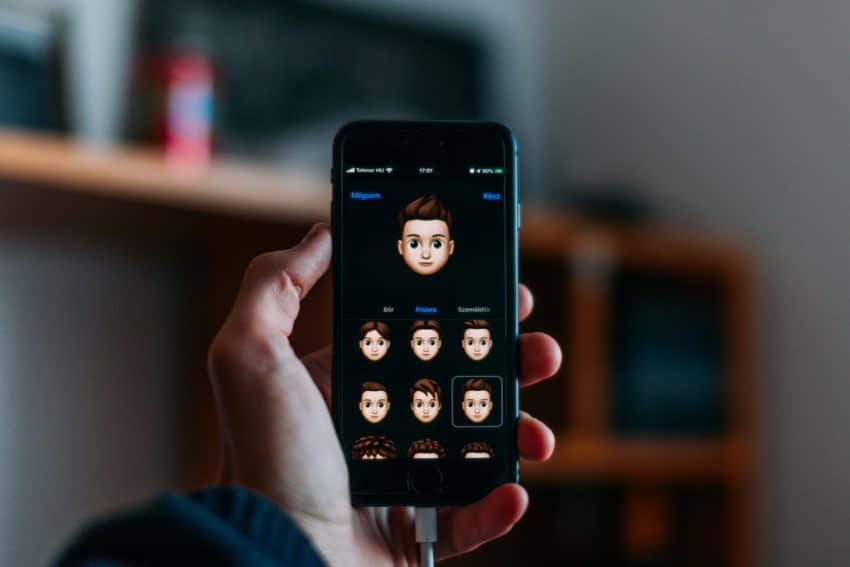
5. Viral Messages
That quick and easy “share” button on so many social media platforms has led to the phenomenon of “going viral.” Messages, videos, and other content can be easily shared between platforms with millions of people in a matter of days.
In Business
1. Building a Community
By utilizing social media, brands are able to create an entire community based on their products or services. The use of a particular brand can be integral to being a part of a certain lifestyle, and social media perpetuates that idea. By being involved with the right communities, or making your own community out of a brand (such as Disney), companies are creating the most loyal of customers.
2. Brands Are Speaking Directly to Audiences
Companies no longer need to go through media such as TV stations, magazines, or newspapers to reach consumers. Brands now have direct access to customers by way of social media — they can now find out exactly the needs of the customer much faster and respond accordingly.
3. Social Media is Changing Traditional Media
Traditional media was such that a brand would just post an article and it would reach audiences. With social media and the way information reaches consumers today makes it so that it’s important who is posting or writing about a product. Influencers, bloggers, and Youtube celebrities can all have a much bigger impact on getting a product successful in the market.
4. Brands Can Have a More Personal Connection with the Media
With social media, brands have a more personal and long-term connection with journalists. Instead of a one-time phone call or email for a story or new product information, brands can create relationships with journalists and get them interested in sharing their stories.
5. There’s an Opportunity to Coordinate with PR Efforts
Brands can create some important PR campaigns through social media. Through social media, companies have an easier time finding influencers to work with, other brands to collaborate with, and news sources to feed stories to.
Stay in Touch
At University of the People, we love to create online relationships with our students and supporters through social media. We are active on Facebook, Instagram, and Twitter — follow us to keep up to date with what we’re up to!

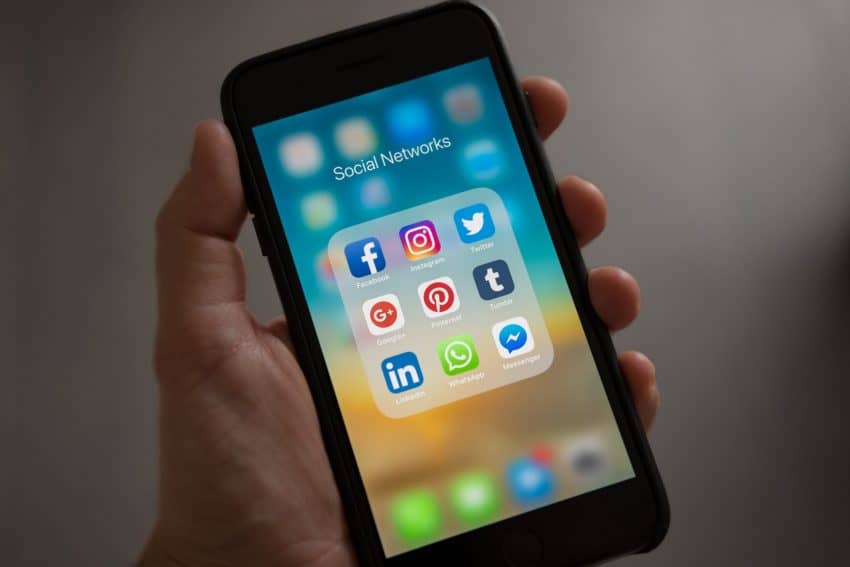 Photo by
Photo by 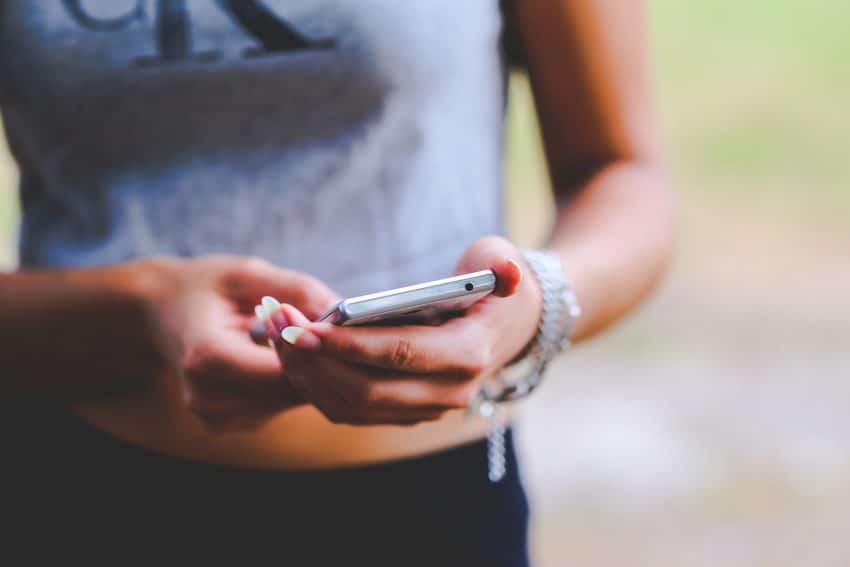 Photo by
Photo by 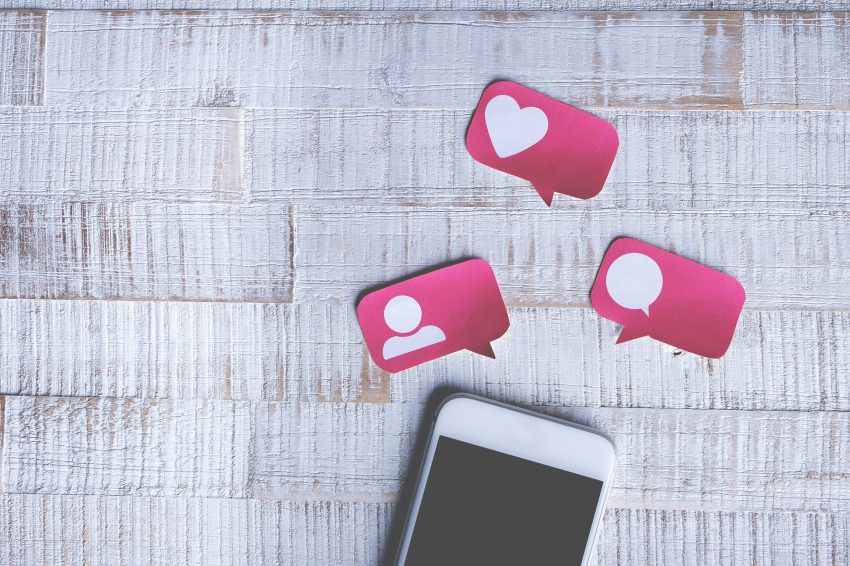 Photo by
Photo by 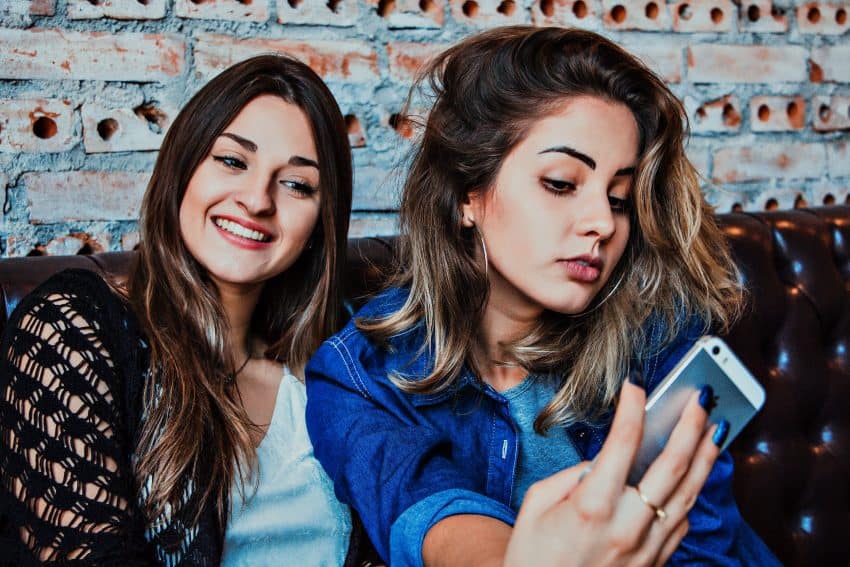 Photo by
Photo by